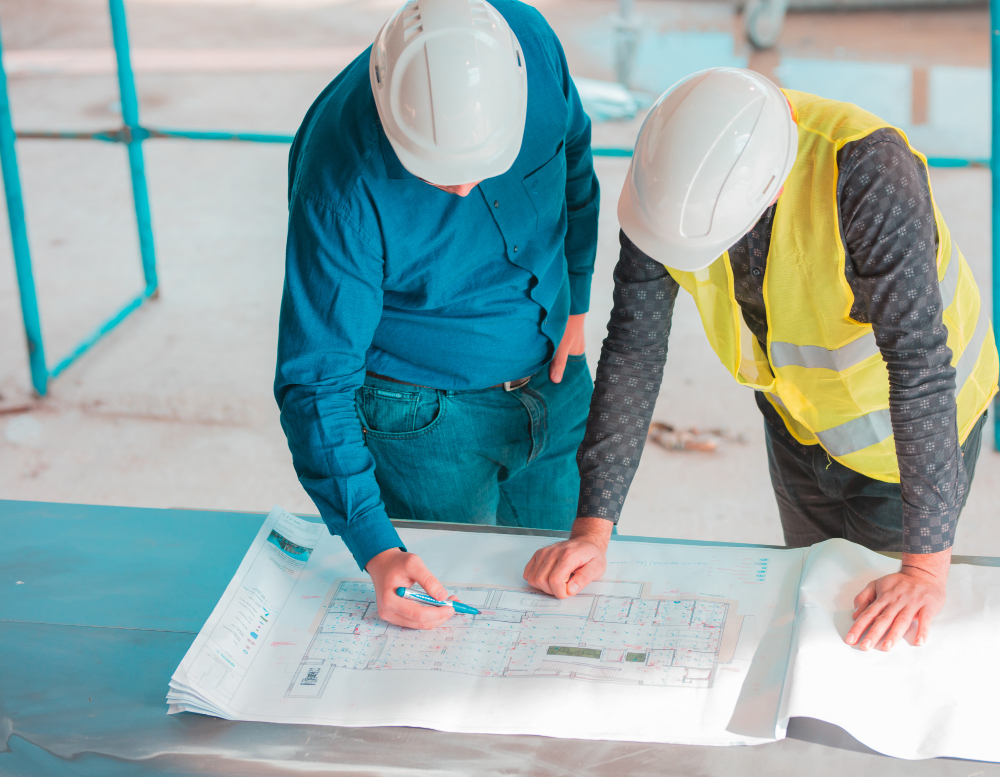Building a swimming pool within a property may appear to be a straightforward project, but a single misstep in the process can quickly lead to spiralling costs, delays, and even damage to the property itself.
This article will walk readers through the process of constructing a swimming pool which in essence is a project that falls under the hood of home improvement and help home owners to avoid making costly mistakes.
For starters, the core of a swimming pool project is certainly ‘location’, it is imperative to identify the location and ensure that the pool in in an area that is not shaded area and preferably and shielded from the wind at ground level as these factors make a very big difference when the pool is used to later on.
It is also important to ensure that the location is free from underground piping and plumbing before commencing the project. Once the location has been identified, mark the area as precisely as possible with stakes or string lines for the pool and the ‘deck’ if there is to be one.
Prior to digging the hole for the pool, determine the depth of the pool and it is advisable to use a small compact excavator hire which are available from construction equipment rental companies all around Australia.
A 2T excavator or smaller mini excavator taken for hire will make the digging task much easier as these machines will be able to remove large amounts of earth and move dirt efficiently and create the hole with much higher accuracy compared to manual digging.
Taking excavators on rentals is a much more cost-effective approach when it comes to building pools compared to hiring manual labour. Once the hole is dug up and the earth is moved out of the site, the bottom needs to be filled with gravel to level the base before the steel reinforcement is placed and concrete is poured in (flexile strength).
After this is done, add blocks to build the wall then backfill behind the wall with gravel which allows space for expansion and then backfill the blocks with concrete. Test the draining system, filters and pumps at this point one last time before filling water which will probably take an entire day then the final touch should be the adding of chemicals so prevent algae growth and keep bugs away.
For the most part, setting up a pool is not difficult and should be a breeze provided the right sequence is followed and elements such as waterproofing, draining systems and structural integrity are done correctly.
Using equipment such dumpers and small excavators that can be taken for hire would minimise the cost of building the pool significantly.
In summary, when it comes to building swimming pools, it could be said that planning is everything.
